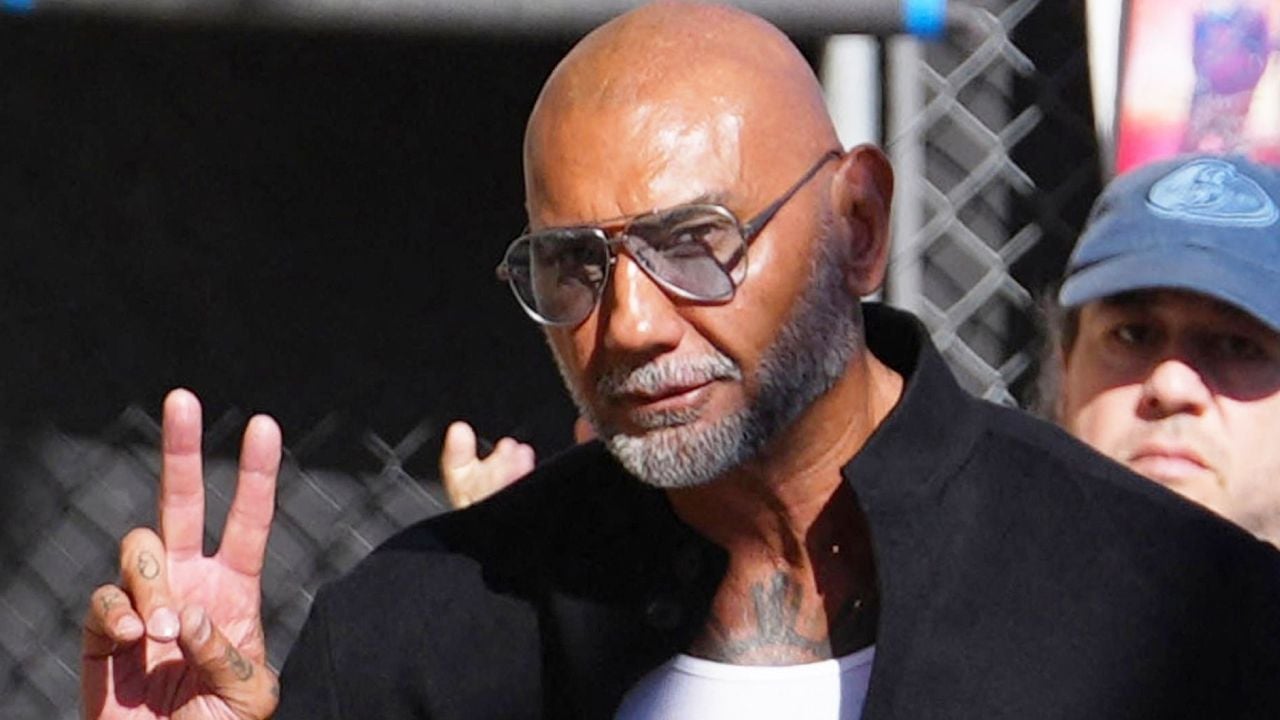Your doctor explains when lower back discomfort could indicate something more serious
Like any sport, road running requires attention from practitioners. Therefore, it’s important to understand your body and notice the cues while running or at the finish line. Many runners mention back pain after intense training or racing. This can be a normal reaction to muscle strain and fatigue, but in some cases it can indicate something more serious, especially if it happens frequently.
This lower back pain in runners can have several causes, such as:
- Muscle injuries (overexertion or lack of adequate warm-up);
- Joint injuries (repeated impacts or inappropriate movements);
- herniated discs (excessive pressure on the intervertebral discs caused by repetitive running);
- Spondylolysis or spondylolisthesis (conditions in which a vertebra breaks or slips);
- Problems with internal organs, such as the kidneys or gallbladder.
According to Dr. Alexandre Guedes, sports orthopedic surgeon and spine specialist, these discomforts can also arise due to postural problems or muscle imbalances. This is because poor posture during the race or muscle imbalances can cause strain in the back and lead to pain.
Warning signs: when to look for a professional?
A pain should never be ignored. It must be observed and the runner must be attentive to the appearance of certain warning signs which may indicate the need for greater attention and possibly consultation with a health professional. Dr. Alexandre Guedes points out the signs that deserve attention:
- Persistent pain: it’s a sign that something else might be going on;
- Intense pain: if the pain is severe enough to impair your ability to run or perform other activities, something is wrong;
- Localized pain: if you feel tenderness or swelling, this could indicate a more serious injury or muscle strain;
- Numbness or tingling: it can be a sign of nerve problems and requires immediate medical attention;
- Fever or malaise: if back pain is accompanied by fever, unintentional weight loss or other symptoms unrelated to physical exertion, it is important to seek medical assistance;
- injury history on the back.
Prevention: the runner’s best friend
No runner who runs regularly would want to interrupt their training due to low back pain. Therefore, treating pain means preventing its occurrence. According to Dr. Alexandre Guedes, adopting some simple body care precautions will help avoid this type of discomfort:
- Strengthen the muscles of the back and buttocks;
- Stretch regularly;
- Warm up before the race;
- Improve your posture;
- Gradually increase the intensity of your workout;
- Wear suitable athletic shoes;
- Vary the running surface;
- Take regular breaks;
- To execute exercises complementary strengthening;
- Listen to your body;
- Consult a healthcare professional.
html[data-range=”xlarge”] figure image img.img-2329f3a32aa5ba97e025b78f412d0752c9tqtl43 { width: 774px; height: 516px; }HTML[data-range=”large”] figure image img.img-2329f3a32aa5ba97e025b78f412d0752c9tqtl43 { width: 548px; height: 365px; }HTML[data-range=”small”] figure image img.img-2329f3a32aa5ba97e025b78f412d0752c9tqtl43, html[data-range=”medium”] figure image img.img-2329f3a32aa5ba97e025b78f412d0752c9tqtl43 { width: 564px; height: 376px; }HTML[data-range=”small”] .article__image-embed, html[data-range=”medium”] .article__image-embed {width: 564px; margin: auto 0 30px; }
Treatments for back pain
There are several approaches to treating low back pain that occurs in runners during or after running. In this scenario, the method to put into practice will depend on the specific cause of the pain and the severity of the discomfort. Your orthopedic surgeon presents some options that can help relieve back pain:
- Rest If the pain is mild and not associated with a serious injury, give your body time to rest;
- Ice or heat. Applying ice packs or warm water to the back area can help reduce inflammation and relieve pain. In general, the application of ice is recommended in the first 48 hours of the onset of pain, followed by the use of heat;
- Medicines prescribed by the doctor;
- Physiotherapy;
- Therapeutic massage;
- Acupuncture;
- Posture correction;
- Exercises of stretching;
- relaxation techniques;
- Surgical interventions for severe cases.
It’s important to remember that the proper treatment and care will depend on the specific cause of your back pain, and not all treatments and guidelines will work for everyone. It is essential to consult a healthcare professional to receive a correct diagnosis and a personalized treatment plan. “Avoid self-medication, self-diagnosis and inadequate driving, as this can lead to complications,” concludes the sports orthopedic and spine specialist.
By Fabio Malvezzi
Source: Terra
Ben Stock is a lifestyle journalist and author at Gossipify. He writes about topics such as health, wellness, travel, food and home decor. He provides practical advice and inspiration to improve well-being, keeps readers up to date with latest lifestyle news and trends, known for his engaging writing style, in-depth analysis and unique perspectives.








